Effective September 1, 2025, New Zealand’s Ministry of Business, Innovation and Employment (MBIE) officially put into effect the Radiocommunications Regulations (Radio Standards) Notice 2025. This updated regulation represents a major step toward modernizing the national compliance framework for radio equipment, ensuring better alignment with current technologies and international technical benchmarks. It replaces the 2023 version and establishes a broader, clearer regulatory structure aimed at optimizing spectrum use, supporting technological innovation, and protecting users from harmful interference.
Key Regulatory Enhancements
The 2025 Notice introduces several significant improvements to the compliance framework, including:
- Integration of updated standards for next-generation and emerging technologies.
- Removal and revision of outdated requirements to reflect today’s radio communication landscape.
- Wider regulatory coverage, extending compliance obligations to product categories that were previously not mandated.
- These changes are designed to provide greater clarity for manufacturers and suppliers, expand regulatory oversight, and strengthen spectrum management across the country.
Broader Product Classification and Recognized Standards
The updated framework sets mandatory technical standards for a wide array of radio transmitting equipment, such as:
- Short-Range Devices (SRDs)
- Land Mobile Radios
- Maritime and Aeronautical Communications Systems
- Satellite Communication Equipment
Each category is assigned a defined conformity level and must comply with internationally recognized standards, which may include:
- AS/NZS – Australia/New Zealand joint standards
- EN – European ETSI Harmonized Standards
- CFR – U.S. Code of Federal Regulations
- IEC and ANSI/TIA standards
Where applicable, standards set by Australia’s ACMA are also incorporated to facilitate regional harmonization.
Conformity Assessment and Testing Obligations
All covered products must meet the specific conformity requirements outlined in the 2025 Notice. Depending on the equipment class, this can involve:
- Electromagnetic compatibility and emissions testing
- Verification of frequency band use and emission power limits
- Compliance assessments in accordance with the Radiocommunications (Compliance) Notice 2020.
For example, SRDs may be subject to testing under EN 300 330 or AS/NZS 4268, depending on their frequency range and intended use.
Exemptions and Transitional Arrangements
Certain equipment categories are exempt from the labeling and declaration of conformity requirements, such as:
SRDs installed in vehicles during the manufacturing process
Military radio equipment operated by the New Zealand Defence Force or allied forces
Additionally, any products that were fully compliant with the 2023 Notice remain recognized under the 2025 Notice, providing transitional flexibility for industry stakeholders.
Operational Licensing Requirements
Under the revised rules, radio transmitters must operate under valid authorization, which may include:
- General user radio licenses
- Spectrum licenses
- Individual radio licenses
Exemptions issued by the Chief Executive of MBIE
This ensures all active radio communications equipment operates within the legal spectrum framework established by New Zealand.
Updated Technical Tables and Emission Guidelines
The 2025 Notice introduces comprehensive technical references that specify:
- Applicable standards for over 60 product classes
- Corresponding conformity levels (e.g., A1, A2)
- Spurious and unwanted emission limits based on frequency bands
These updates are central to maintaining stable electromagnetic performance and minimizing interference across shared spectrum environments.

